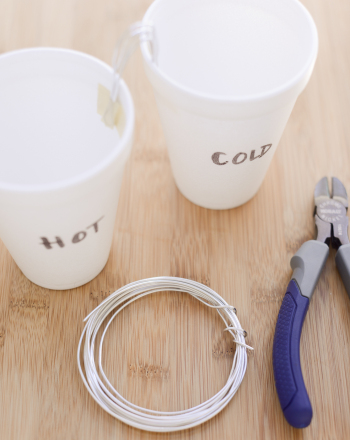
Cargando...
Que podo facer?
224231 materialEducativo
textoFiltroFichaSobre este recurso...

Have you ever touched something that became hot enough to burn you only moments after it was cool to the touch? This can happen when you stir a pot of soup on the stove with a metal spoon or roast marshmallows over a fire with a metal rod. So what explains why it’s a better idea to stir your soup with a wooden spoon and roast your marshmallows with a wooden stick? Objects made of metal can quickly conduct unwanted heat right up to our hands!So what is conduction, anyway? Conduction is heat moving from one object to another through contact. When heated, molecules in an object begin to shake and move. They also shake and move their neighbors, and the more molecules shaking, the more heat transfer happens. A good example would be roasting a marshmallow on a coat hanger or metal rod. As one end of the rod gains heat from the fire, the rest of the rod gradeually heats up as well. Eventually, the whole rod becomes too hot to touch!
It is an educational content by education.com.
By clicking on the title of this resource, you will be redirected to the content. If you want to download the project, you just have to join the website, which now is for FREE.
Contido exclusivo para membros de

Mira un ejemplo de lo que te pierdes
Autores:
Categorías:
Etiquetas:
Fecha publicación: 12.5.2016
Respéctase a licenza orixinal do recurso.
Queres comentar? Rexístrate ou inicia sesión
Engadir a Didactalia Arrastra el botón a la barra de marcadores del navegador y comparte tus contenidos preferidos. Más info...
Comentar
0